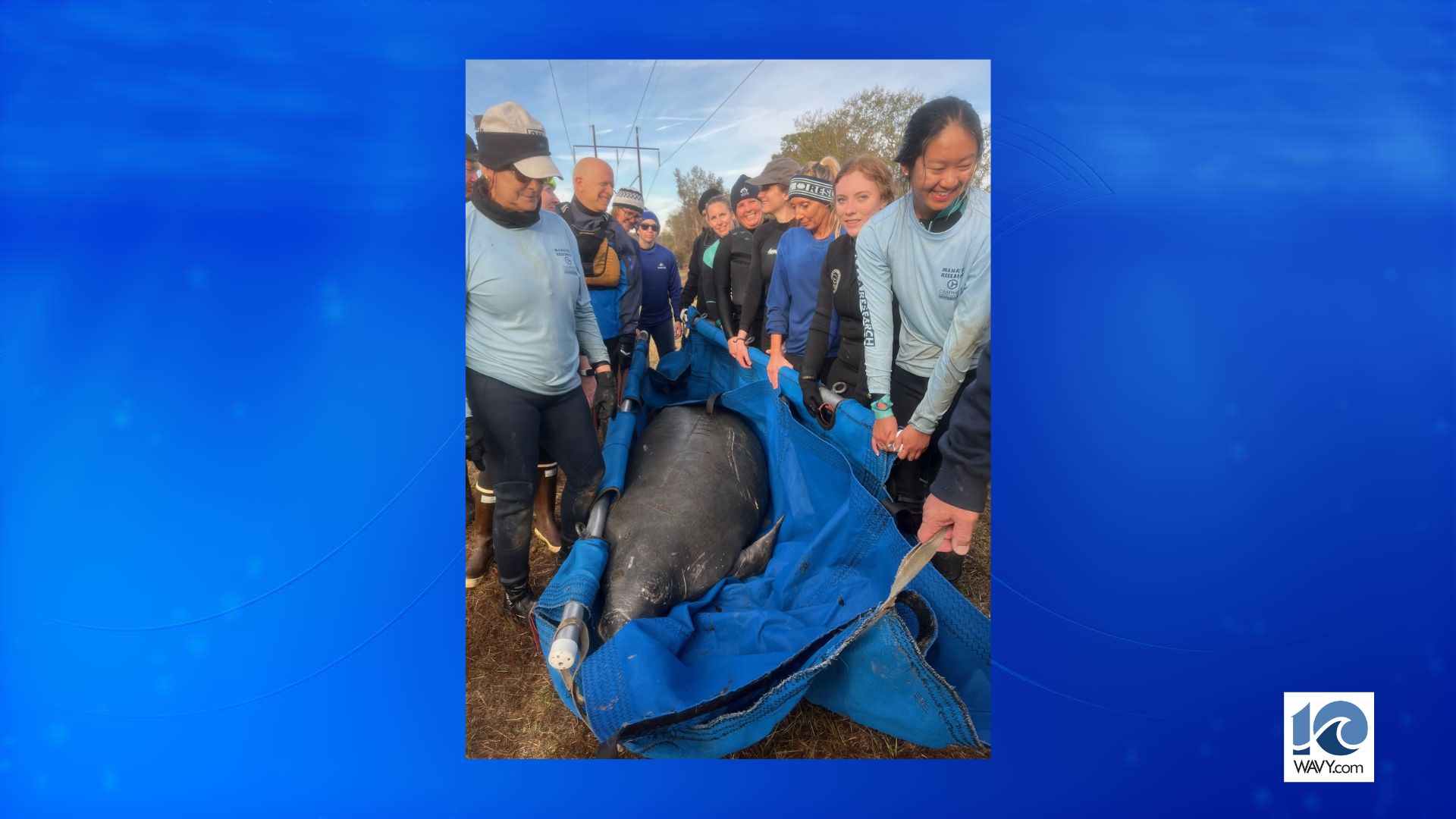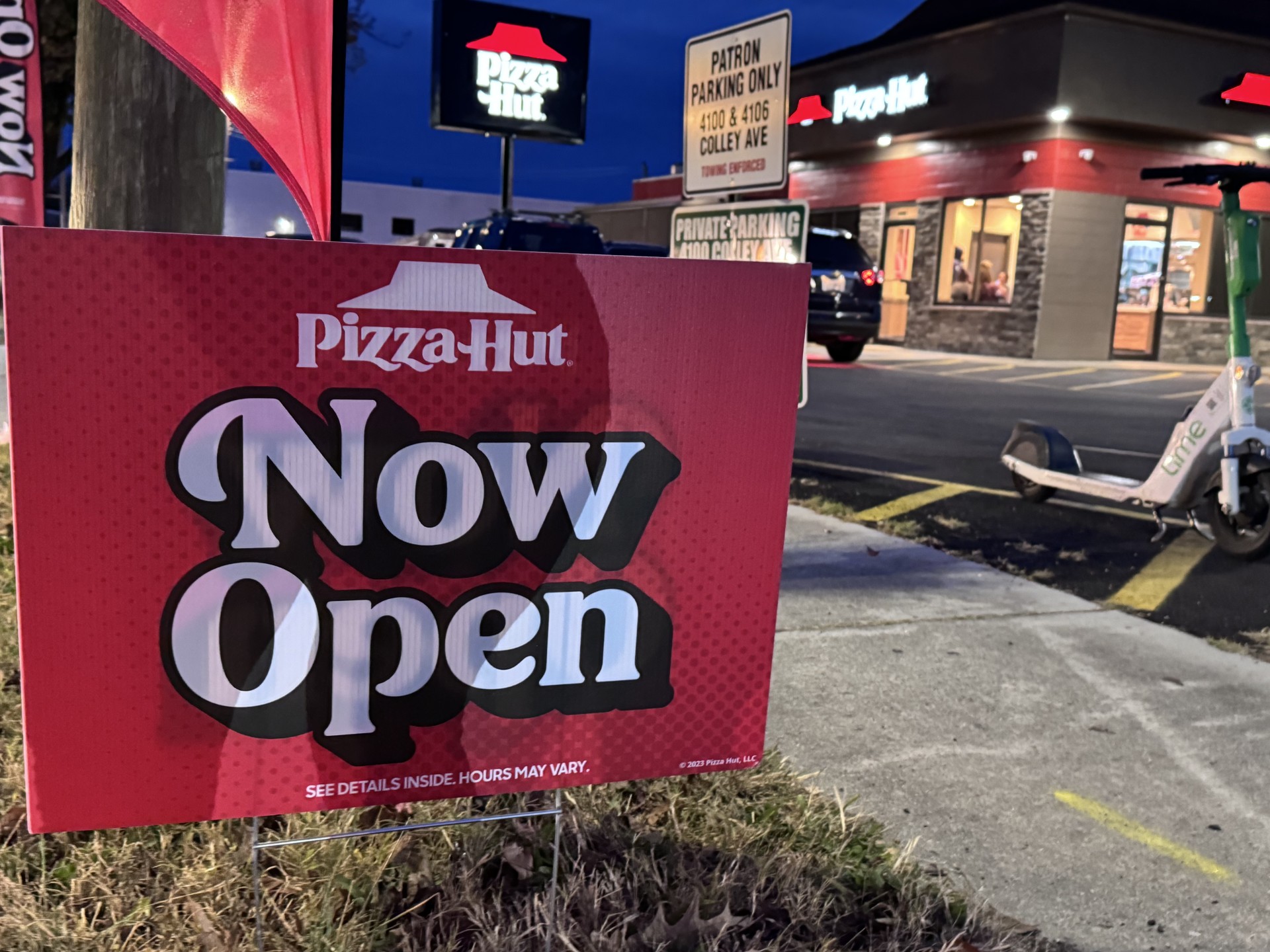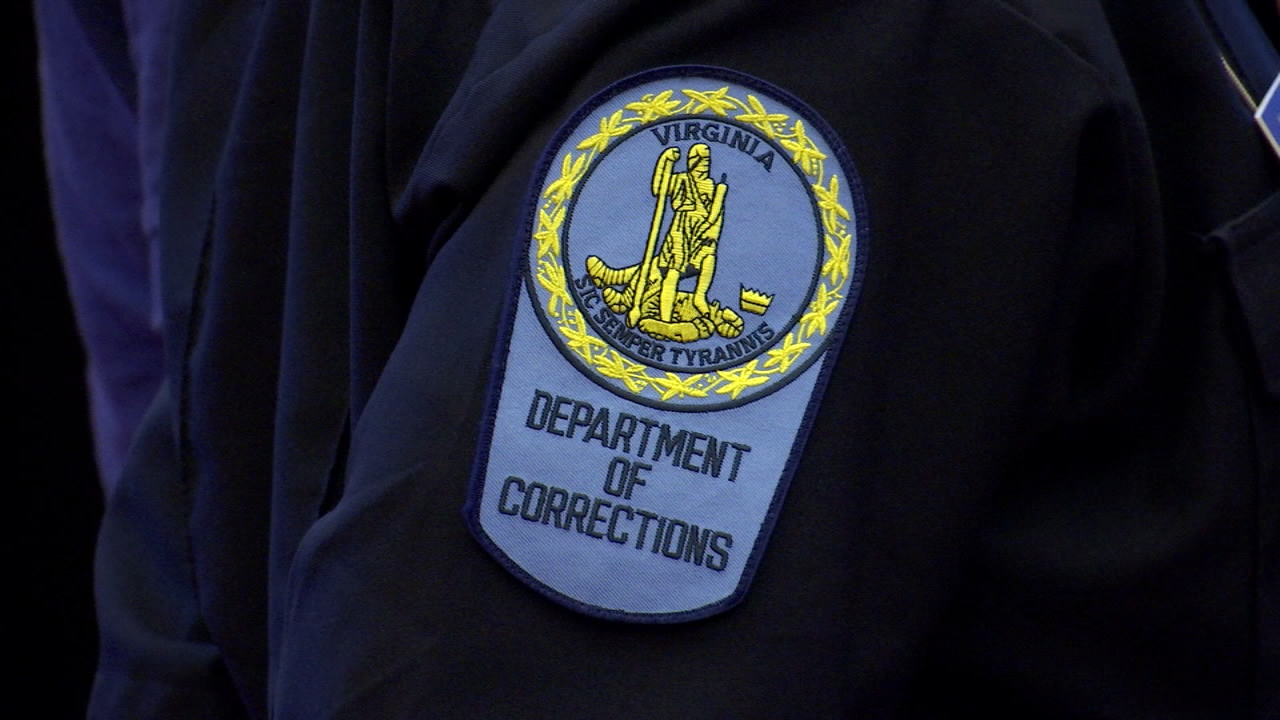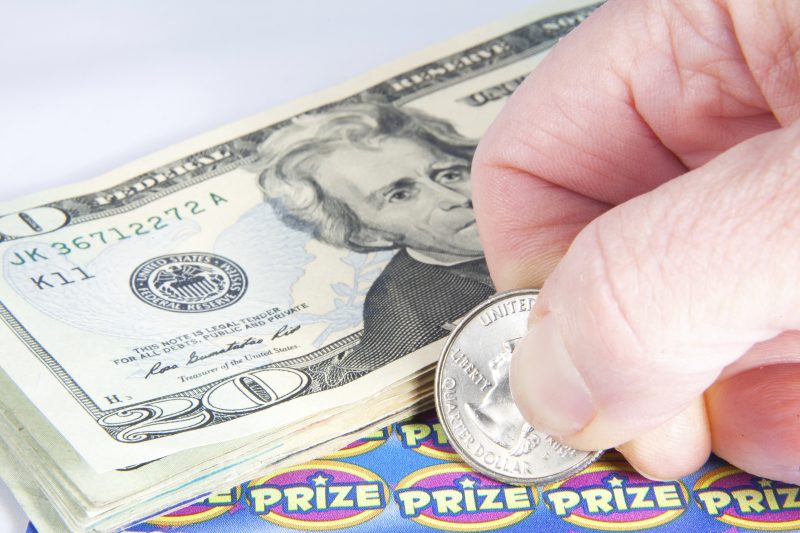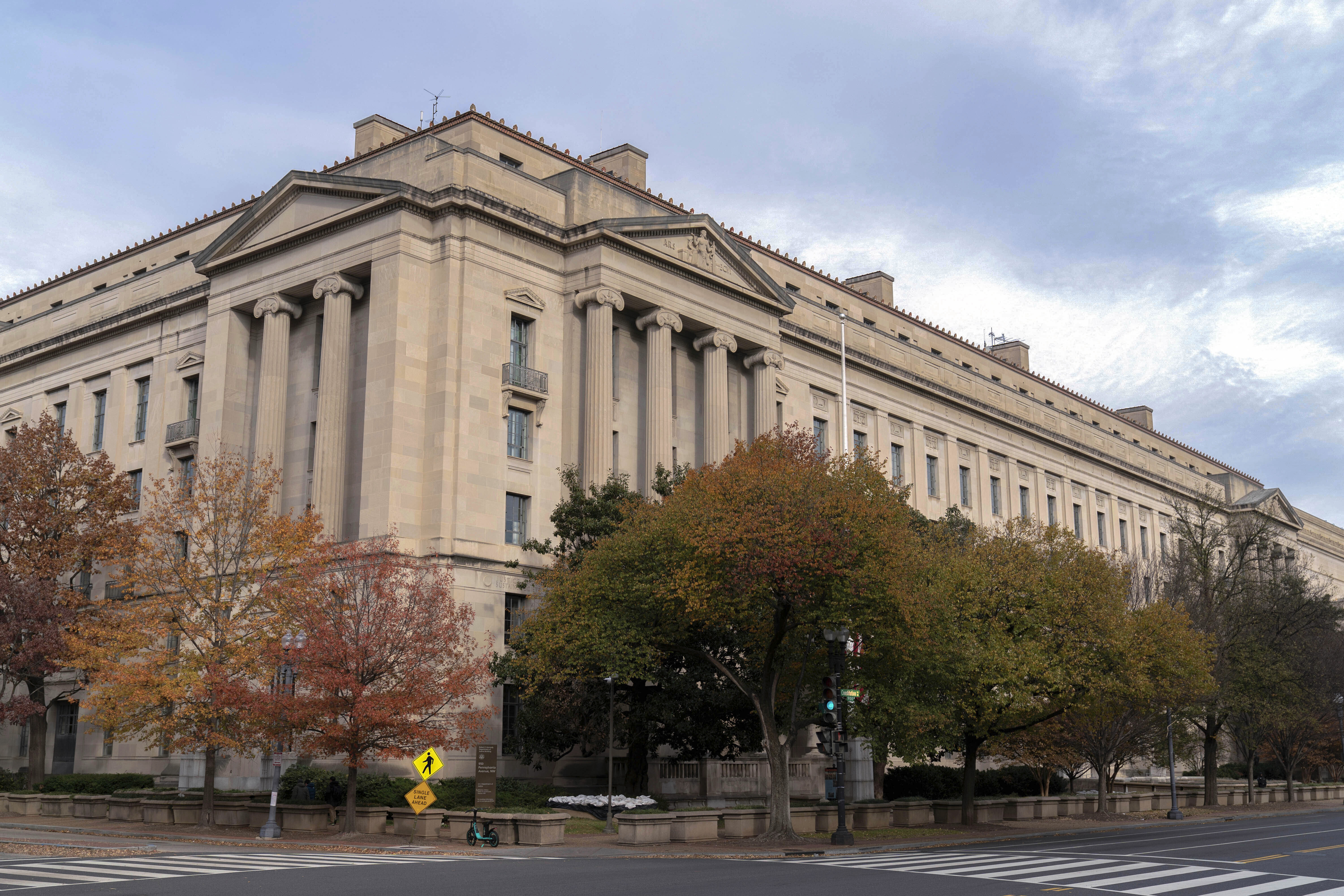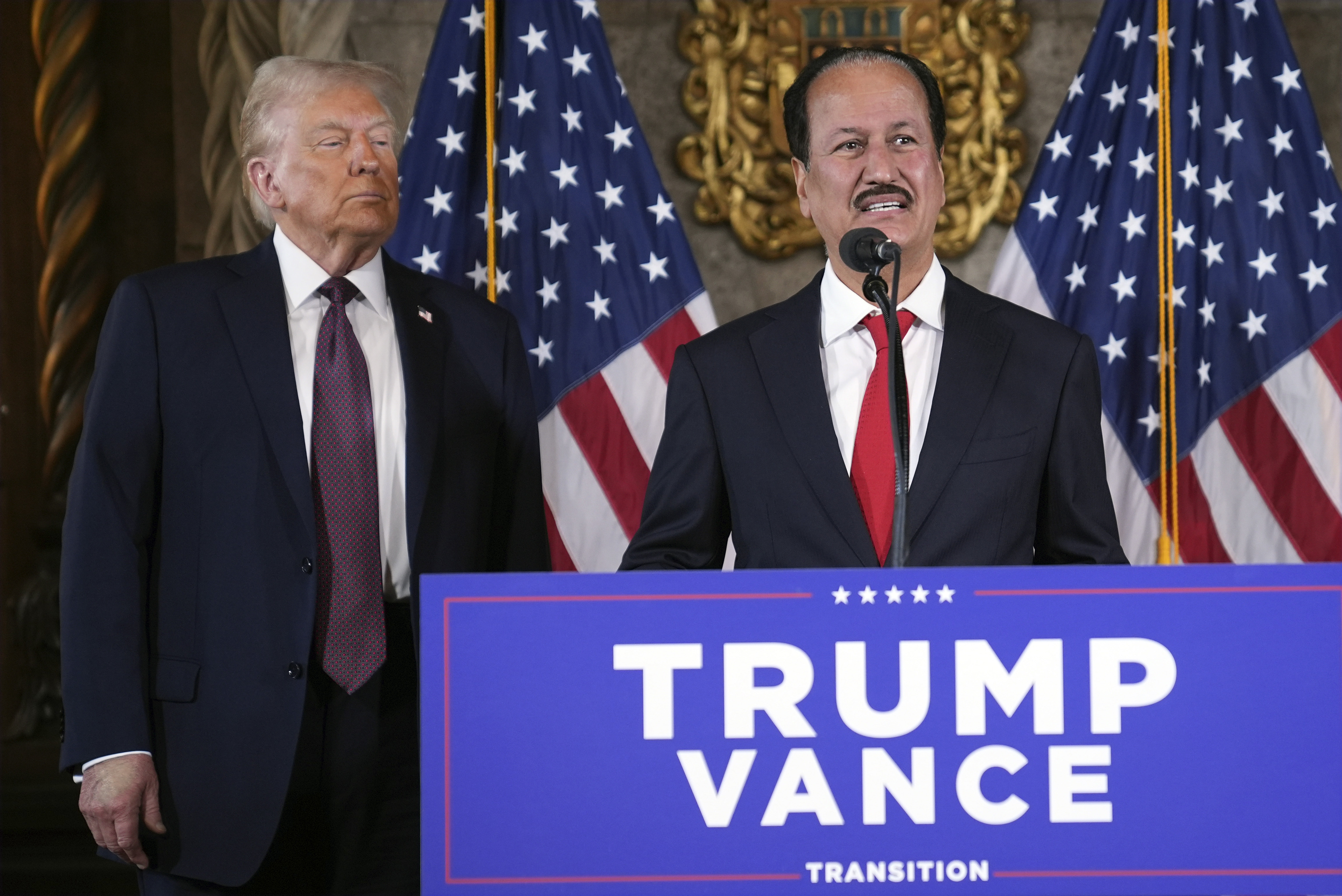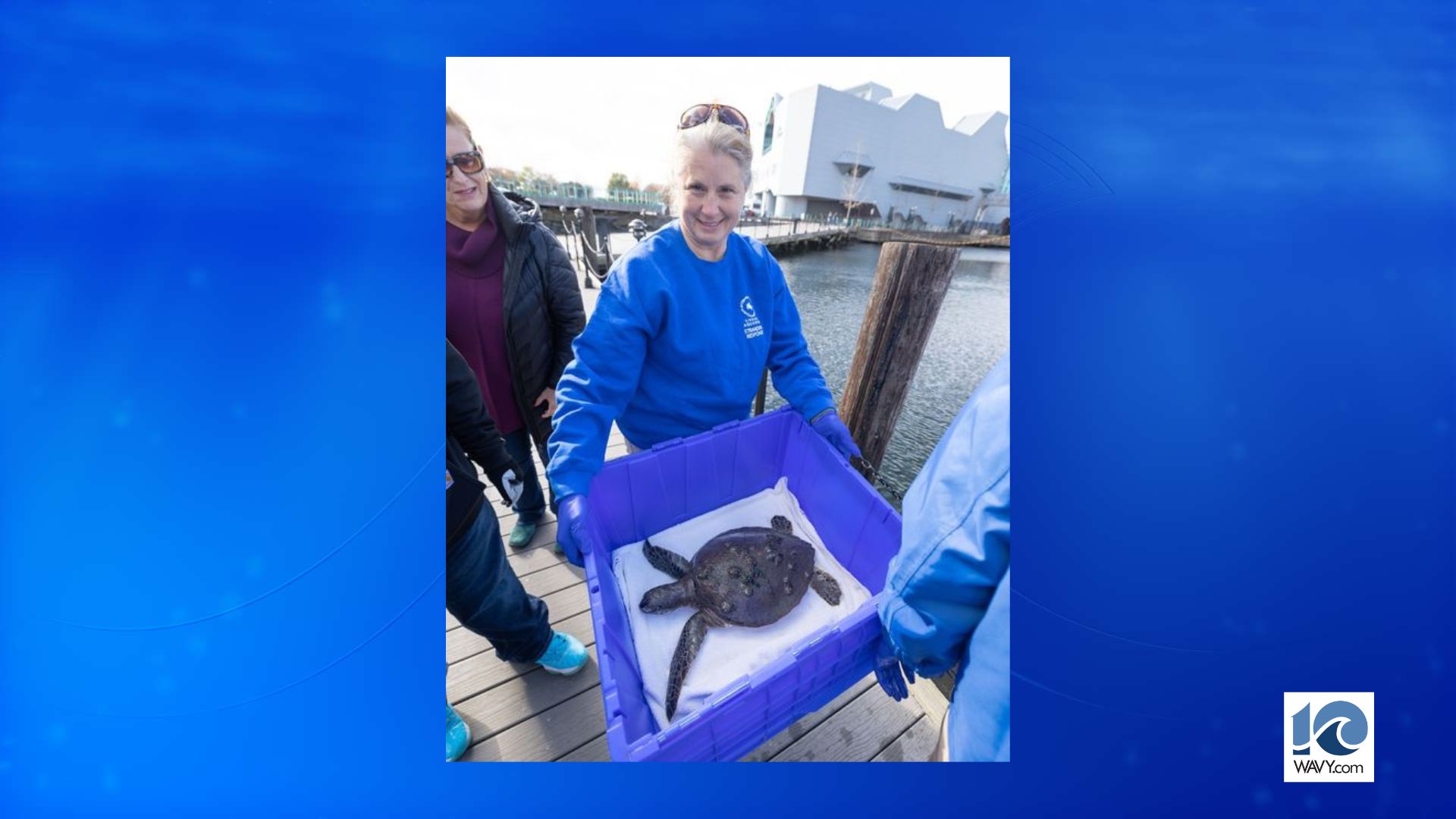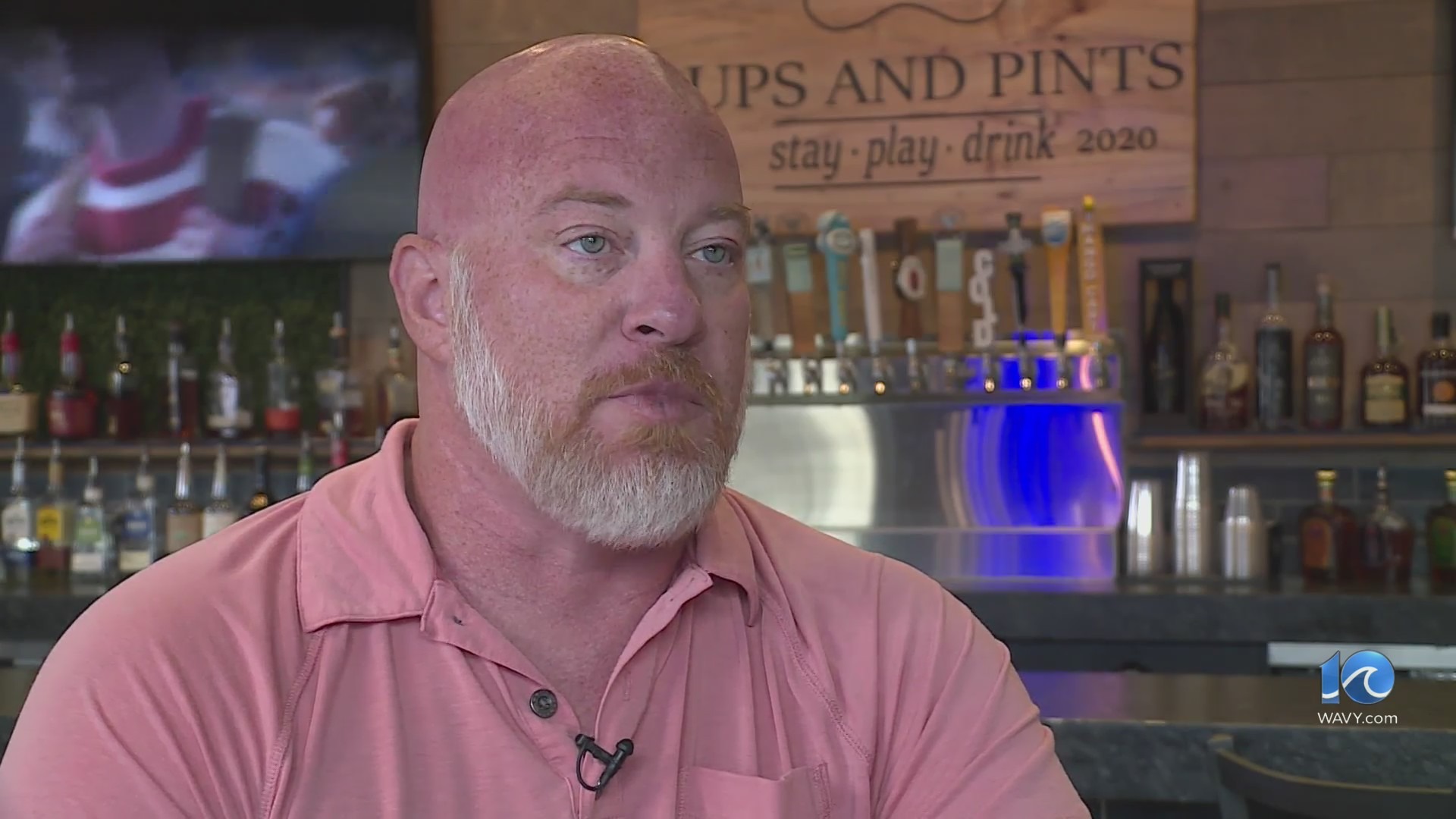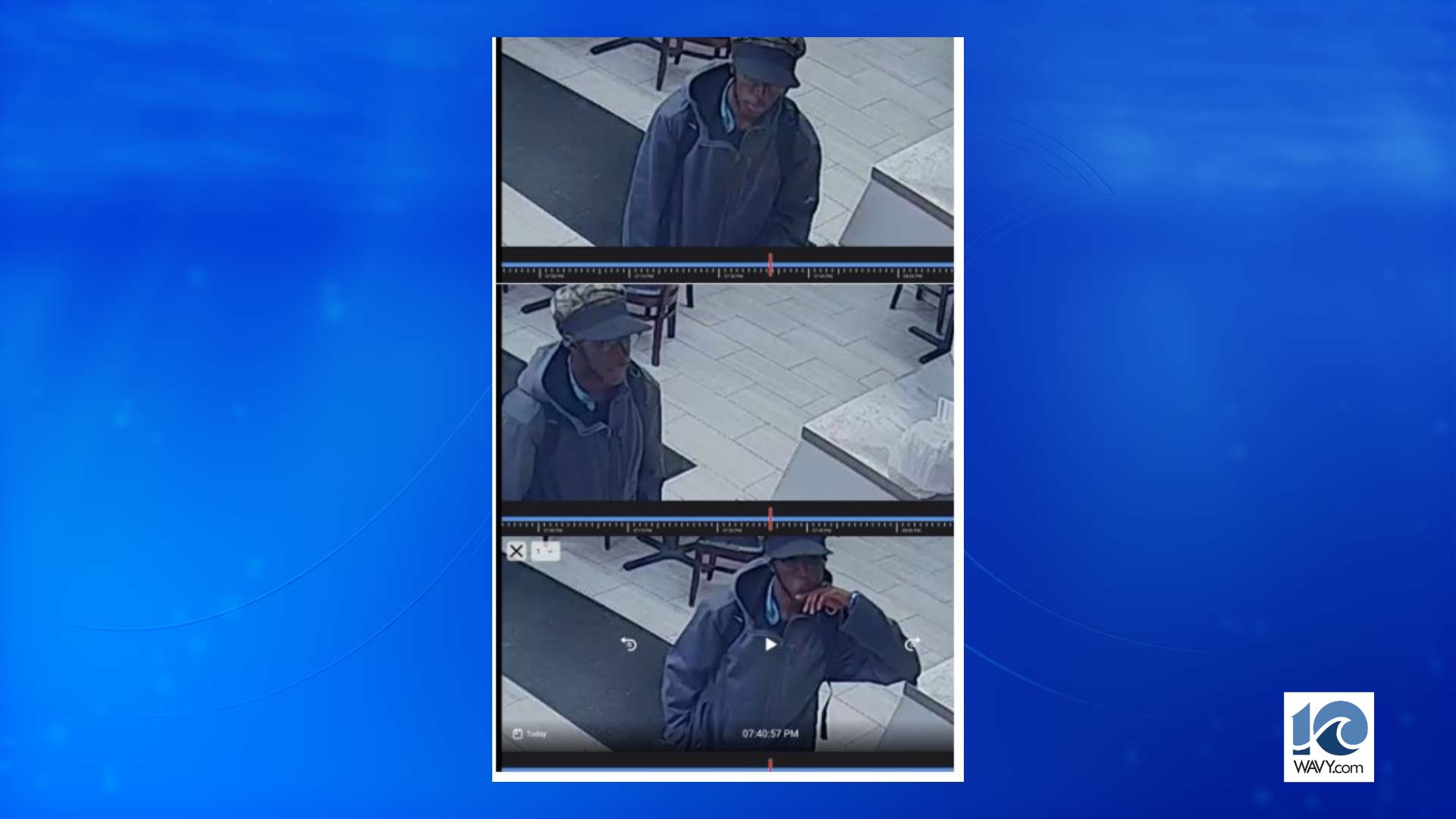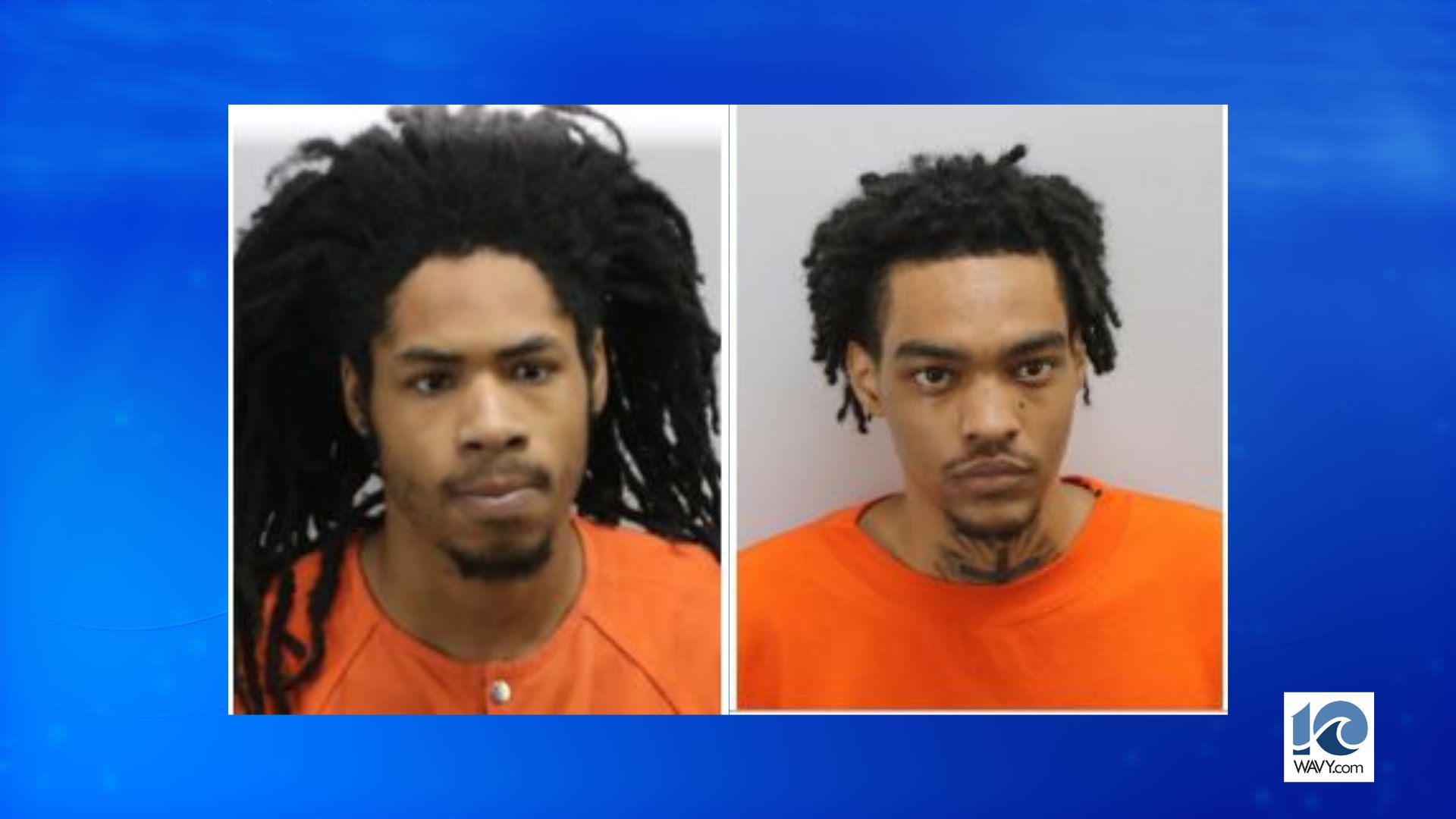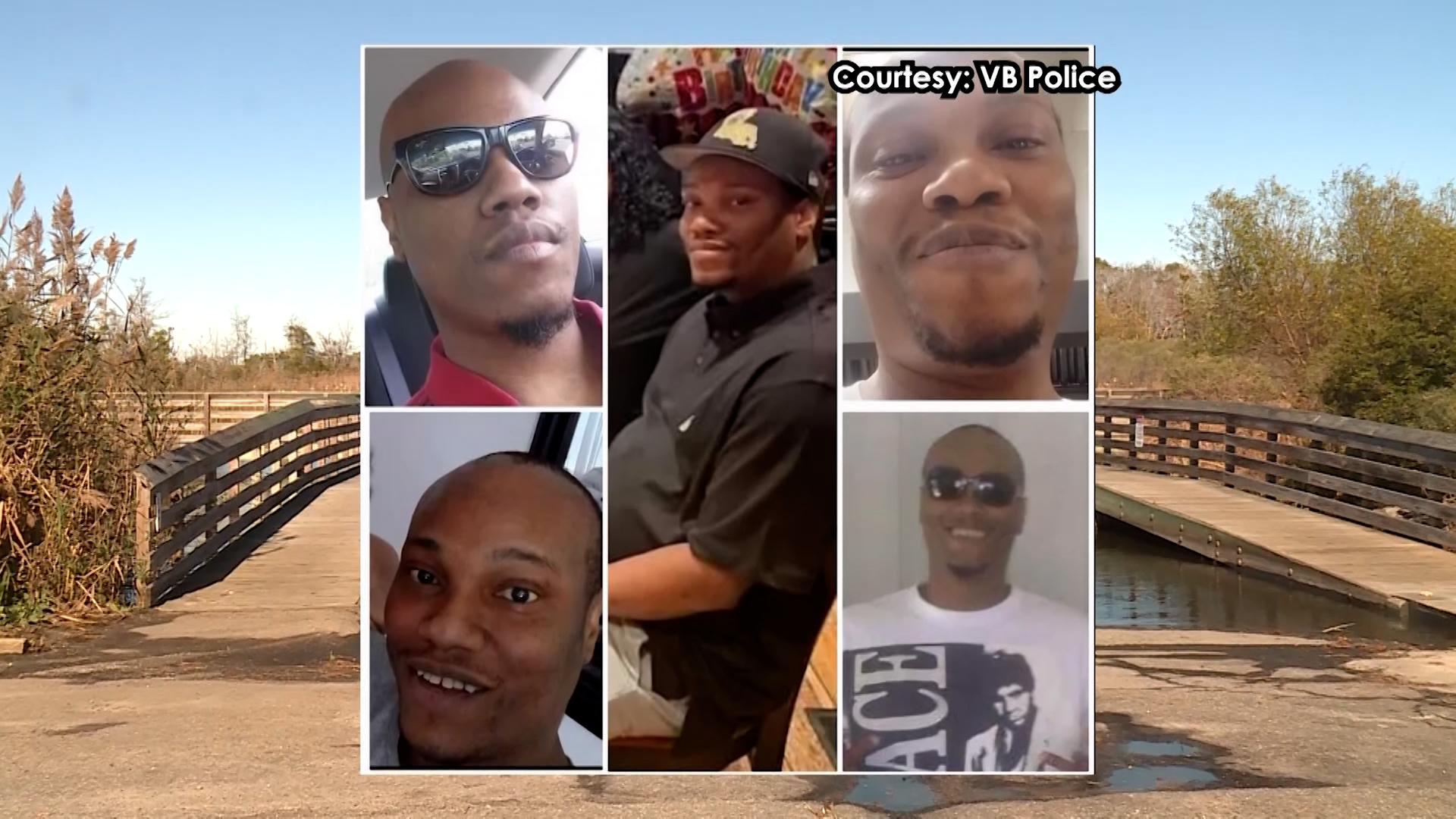MORGANTOWN, W.Va. (WBOY) – A West Virginia University professor has partnered with scientists across the country to prevent substances from becoming a “Schedule 1 drug” without testing them first.
Over 100 scientists, physicians, and front-line workers signed a letter organized by the Drug Policy Alliance and sent it to President Joe Biden. In this letter, scientists want to make sure that dangerous substances are appropriately regulated, but they also want to do research on understanding why they are dangerous and if related substances could be an antagonist for agonist substance behavior.
Schedule 1 drugs are those that have no currently accepted medical use and a high potential for abuse, according to the U.S. Drug Enforcement Administration.
Congress enacted a temporary reauthorization and study of the Emergency Scheduling of Fentanyl Analogues Act, which extended the fentanyl temporary scheduling order (TSO) until May 6, 2021. Since then, Congress has extended the fentanyl TSO several times. The most recent extension will expire on December 31, 2022. If the TSO is extended again, the scientists say it could prevent research on fentanyl.
One of the scientists who helped draft the letter, WVU’s Eberly Family distinguished professor and department chair Dr. Gregory Dudley, feels that it could be problematic to criminalize substances that could turn out to be life-saving medicines.
Dudley said that he and other scientists would like to test substances, and once they find the harm, that is when they should be criminalized. There is even a list of criteria that must be followed before placing substances as “schedule 1.” Dudley said that this legislation short-circuits the criteria altogether.
There are scientists who would like to find the next Naloxone by doing testing on these substances. Dr. Dudley explained that a good place to look is within fentanyl-related substances. Many of these substances are very dangerous, but some could be possible antidotes. The point being, that scientists will not know, unless given the chance to test it. Dr. Dudley said, “Thank goodness for Naloxone, but the best, in my opinion, the best place to look for antidotes to fentanyl is among the substances that are similar in structure to fentanyl. Just based on a way molecular pharmacology works.”
Fentanyl binds to a receptor and activates a signal. If scientists can find substances like Naloxone, that bind to that same receptor but block fentanyl from binding, it would become a very powerful tool, like Naloxone. But with legislation extending the fentanyl TSO, very few will be authorized to do this research.
As of Nov. 29, there have been 44 fentanyl-related substances identified in the illicit drug trade, according to the United Nations Office on Drugs and Crime. Dudley said that some of these substances have already been tested, and at least one of them showed signs of being an antidote or antagonist. The scientists’ letter calls for the release of this data, which is unavailable while the drug is considered schedule 1. If released, scientists to be able to study it and understand the best ways to move forward in fighting the opioid epidemic.
No response has been received since sending the letter to the President, but scientists hope that it is considered before another decision on an extension is made.




